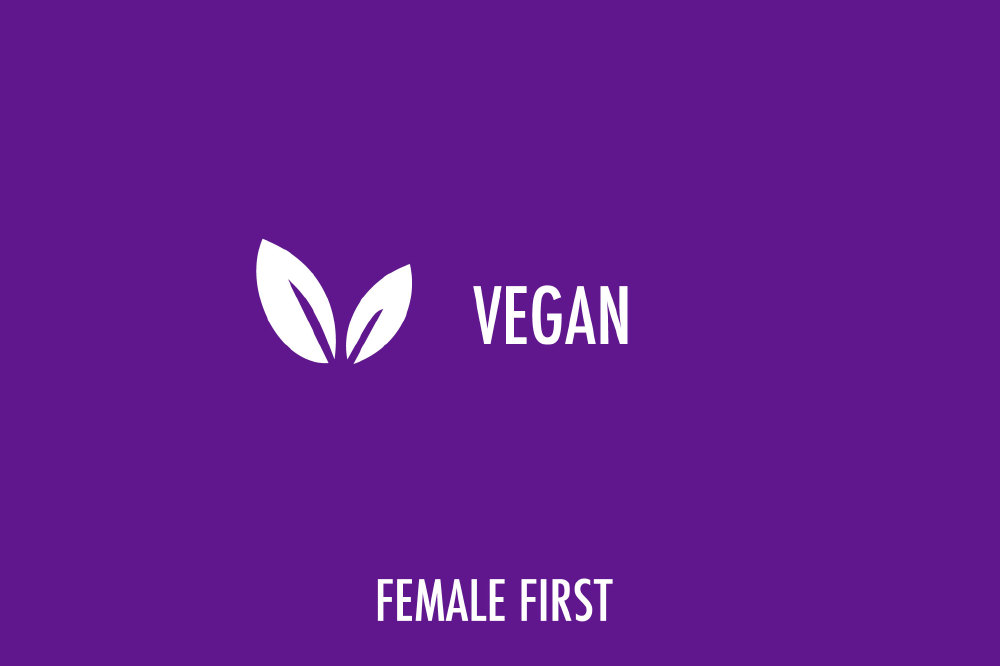Have you seen the recent KFC advert featuring a healthy looking chicken strutting to rap music? Sadly, the reality is very different for factory farmed chickens served by fast food restaurants.

Vegan on Female First
Polling conducted by World Animal Protection has shown that although most people care about what they eat, very few know where their chicken meat comes from. But we think people have a right to know the facts about the welfare of chickens.
As part of our #ChangeforChickens campaign, we are calling out for improved welfare conditions of chickens. Here are some reasons why.

Broiler chickens at 15 days old - Credit World Animal Protection
Chickens are inquisitive and adventurous by nature. They form complex social groups, which is where the term ‘pecking order’ comes from.

28 day old broiler chickens in a commercial indoor system - Credit World Animal Protection
60 billion chickens are farmed every year, two thirds of them in conditions that prevent them from behaving naturally. They need to perch, dust bathe and forage to stay active and healthy. In crowded sheds, they have little space to move, and are often unable to do so.

32 day old broiler chickens in a commercial indoor system - Credit Line World Animal Protection
The chickens that are farmed for meat today are the result of extreme genetic selection. They originate from the jungle fowl, which is still found in parts of Asia.
Over the last 60 years, chickens have been bred to grow as quickly as possible to produce the most meat in the shortest space of time. Genetic selection has increased the weight of a fully grown chicken by more than three times (364%).
Chickens grow at such an extreme rate that their hearts and lungs often can’t keep up. As a result, many factory farmed chickens suffer painful heart and lung problems, as well as joint strain.
The average chicken on a factory farm only lives for 6 weeks. After around 40 days, the chickens will have reached slaughter weight.

7 day old broiler chickens in a commercial indoor system, credit World Animal Protection
Each individual chicken lives out their short lives in a space less than the size of a fast food serving tray. UK standards mean that chickens can be reared at a stocking density of 38 kilos per square metre. This means around 18 fully grown chickens having to share one square metre of floor space. Each chicken will have had more room in a take away serving tray than they would have when alive.
Unable to move around, chickens are at risk of lameness. A lack of space to exercise, compounded by rapid growth rates, can lead to painful leg problems.
KFC has recently improved standards to give chickens natural light and objects to peck and perch on. But sadly this isn’t the case for many factory farmed chickens, who suffer from stress as a result.

14 day old broiler chickens in a commercial indoor system - credit World Animal Protection
But World Animal Protection thinks KFC needs to go further. These measures are a good start, but we also think the fast food joint needs to allow its chickens to grow at a more natural rate, and to give them more space to move freely.

28 day old broiler chickens in a commercial indoor system - Credit World Animal Protection
79% of people who eat chicken said they would not buy the meat from a fast-food chain if they knew it had suffered on a cramped industrial farm. That’s why World Animal Protection thinks KFC needs to take the lead in improving the lives of millions of chickens around the world. Join them and add your voice to the petition here: https://www.worldanimalprotection.org.uk/change-for-chickens

